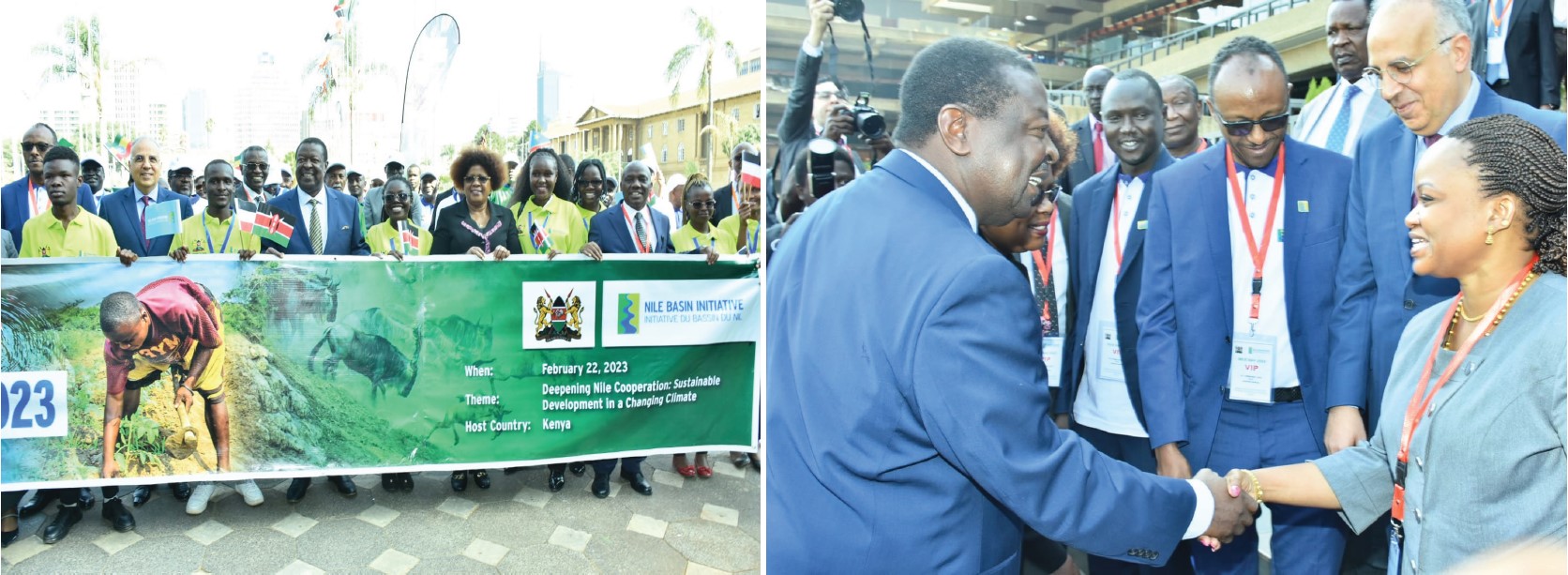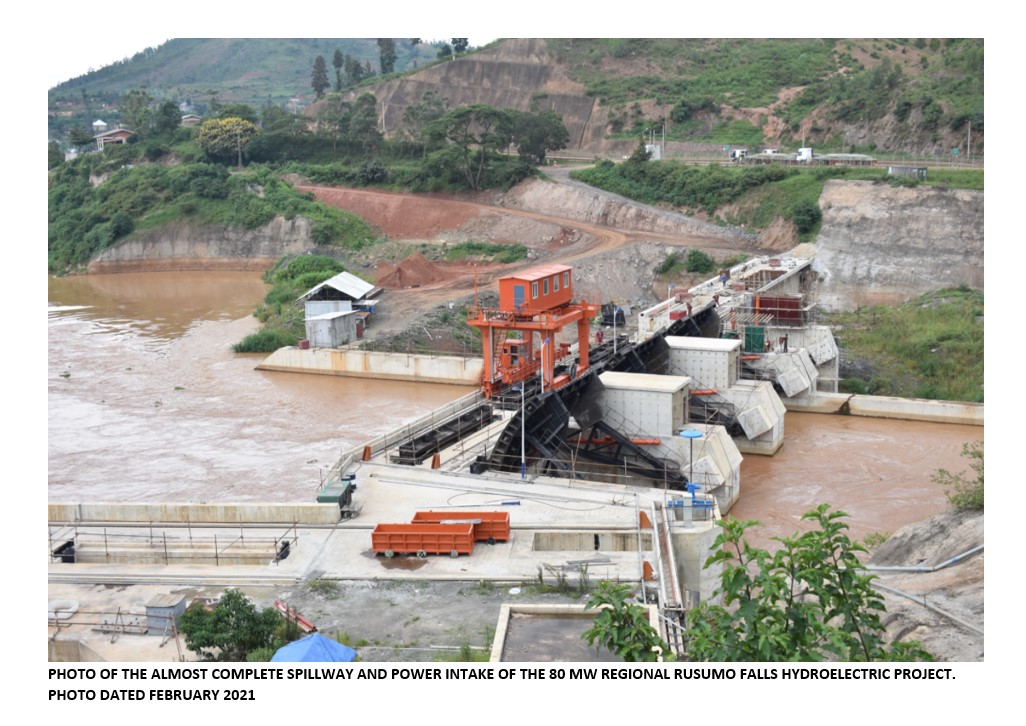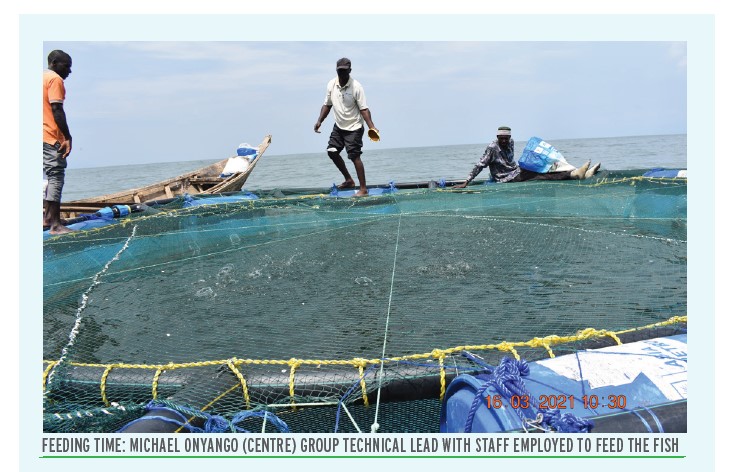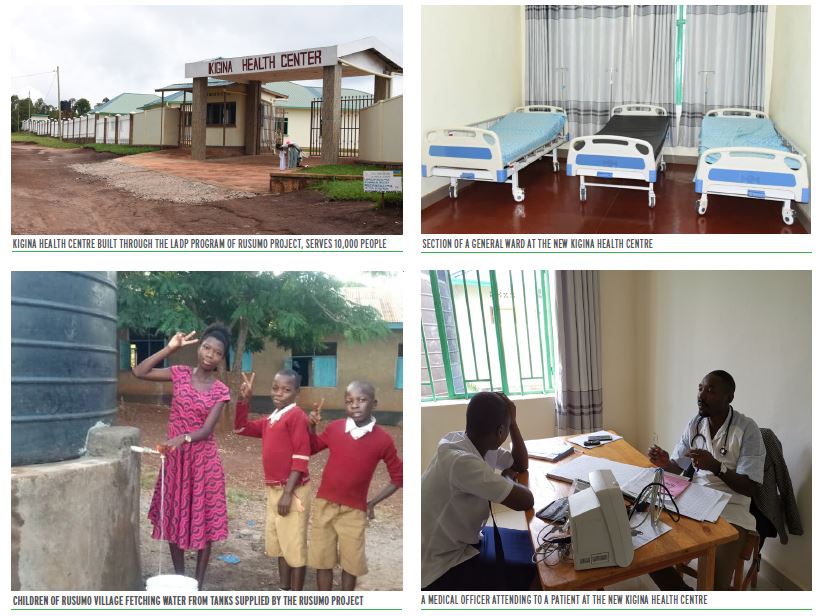Rich in rainfall, covered largely in rainforest and with two major river basins in its territory, the Democratic Republic of Congo is abundant in water resources. With a land area of 2,345,410 square kilometers, it’s a huge country – the second largest in Africa, after Algeria. And, while the D.R Congo, which receives more than 2,000 mm of rain annually in some places, is dominated by the Congo Basin and the mighty Congo River, it is also part of the Nile Basin, which borders the D.R Congo in the East.
Though the Nile Basin is less important to the D.R Congo than the Congo Basin, it still plays an important role in the country’s ecology and economy, especially in the Eastern regions. Only about one percent of the DR Congo’s land area is in the Nile Basin, but it shares borders with five other NBI Member States (Burundi, Rwanda, South Sudan, Uganda, and Tanzania), as well as the shared water resources of Lake Albert, Lake Edward, Lake Kivu and Lake Tanganyika.
The eastern part of the country is rich in resources of all kinds, particularly mineral resources, and the fish and agriculture resources around the lakes. But those resources need to be developed and managed better and cooperative actions with other countries are the key to success.
Democratic Republic of Congo and the Nile Basin Initiative: Benefits of Cooperation












































































